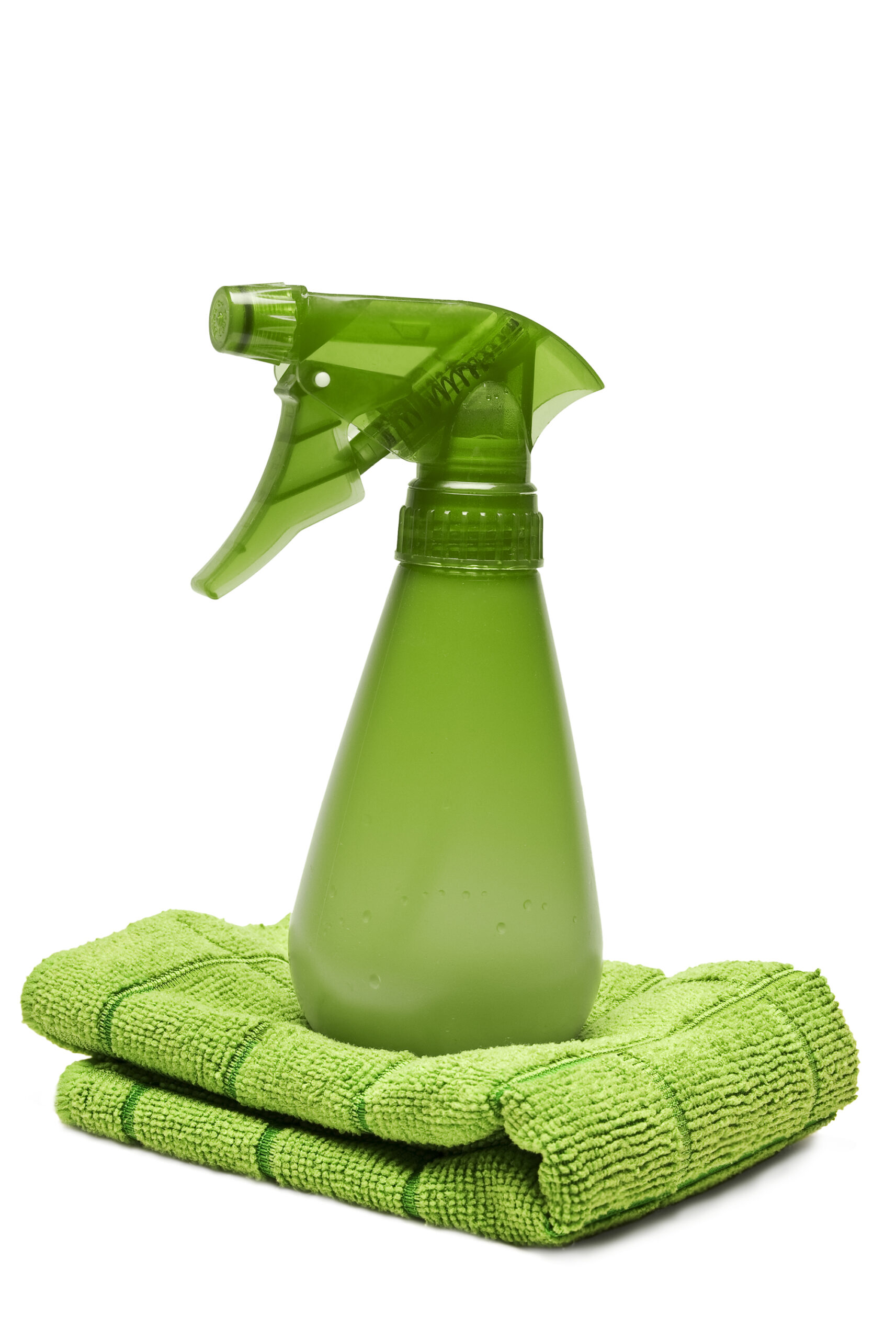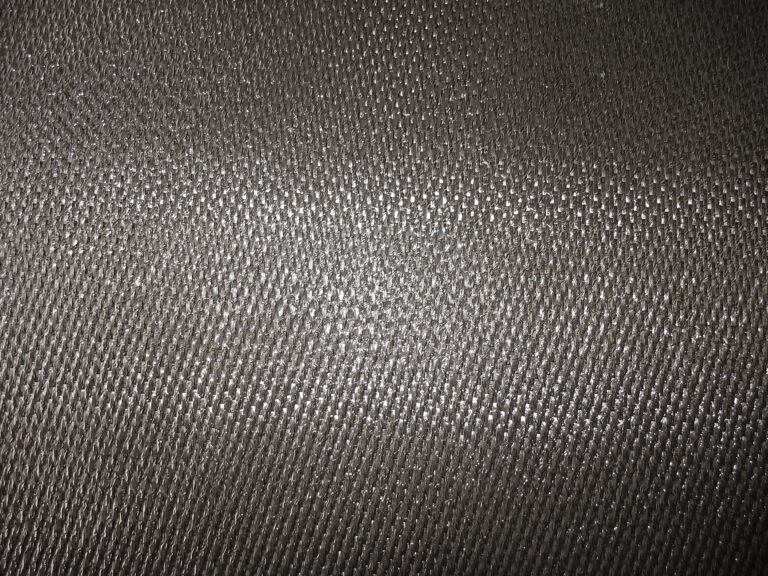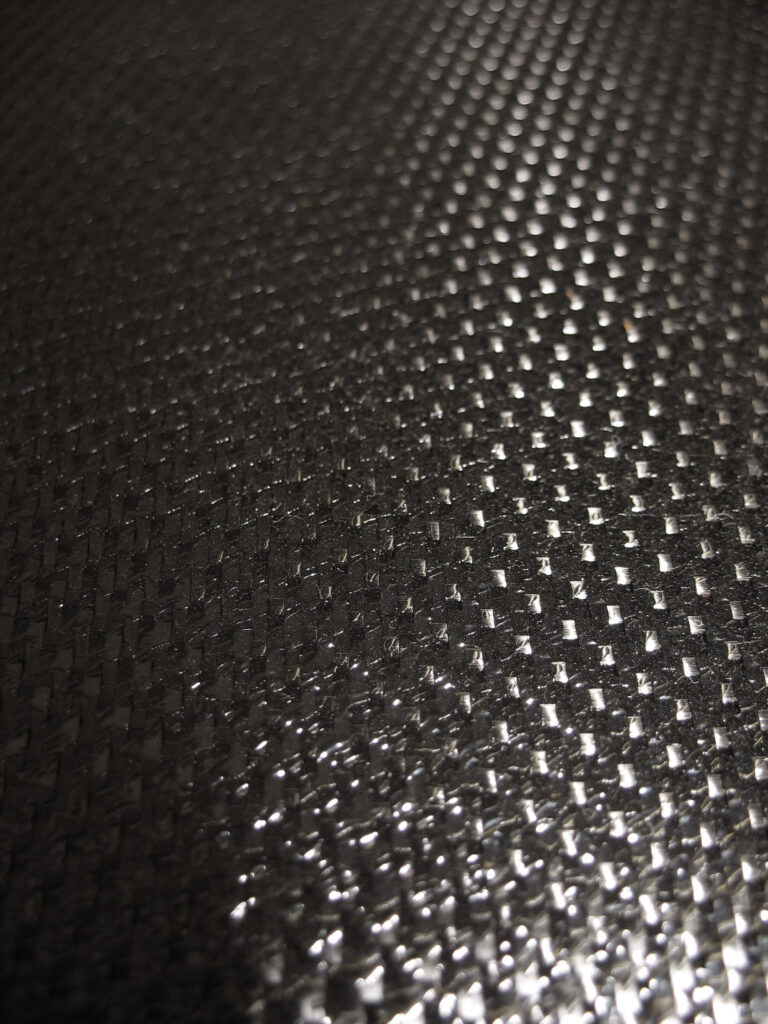How to Safely and Effectively Remove Mold from Your Home
Introduction to Mold and its Dangers:
Mold is a type of fungus that grows in damp, dark places. It can be found both indoors and outdoors, but it thrives in moist environments such as bathrooms, kitchens, basements, and attics. While mold may not seem like a big deal at first glance, it can pose serious health risks for you and your family. Exposure to mold can cause respiratory problems, allergic reactions, skin irritations, and even more severe health issues if left untreated. That’s why it’s crucial to identify any signs of mold growth in your home and take action immediately.

Identifying the Source of Mold Growth in Your Home:
The first step in removing mold from your home is identifying where it’s coming from. Look for visible signs of mold growth, such as discolored spots or patches on walls, ceilings, floors, or furniture. Musty odors are also a common indicator of mold presence. Once you’ve identified the source of the mold, try to determine what’s causing it. Common culprits include leaks in pipes or roofs, poor ventilation, and high humidity levels.
Safety Precautions When Removing Mold:
Removing mold yourself can be dangerous if not done properly. Always wear protective gear such as gloves, masks, and eye protection when handling mold-infested materials. Avoid touching or breathing in mold spores as much as possible. If you have asthma or other respiratory conditions, consider hiring a professional to remove the mold instead.
Step-by-Step Guide for Removing Mold Yourself:
1. Remove the source of moisture: Before attempting to clean up the mold, address the underlying issue that caused it in the first place. Fix leaky pipes, repair damaged roofs, and improve ventilation in damp areas.
2. Clean affected surfaces with soap and water: Use a mixture of warm water and dish soap to scrub away mold from hard surfaces such as walls, countertops, and floors. Be sure to rinse thoroughly.
3. Apply a bleach solution: For tougher cases of mold, mix one cup of bleach per gallon of water and apply it directly onto the affected area. Let it sit for 15 minutes before rinsing off.

4. Dry affected areas completely: Moisture is what causes mold to grow, so it’s essential to dry out any wet or damp areas completely. Use fans or dehumidifiers to speed up the process.
Post-Removal Tips and Tricks:
Once you’ve successfully removed the mold, there are some additional steps you should take to prevent future growth. Consider using mold-resistant paint or primer on affected walls and ceilings. Also, make sure to keep humidity levels low by running exhaust fans during showers and cooking, and opening windows regularly to let fresh air circulate throughout your home.





